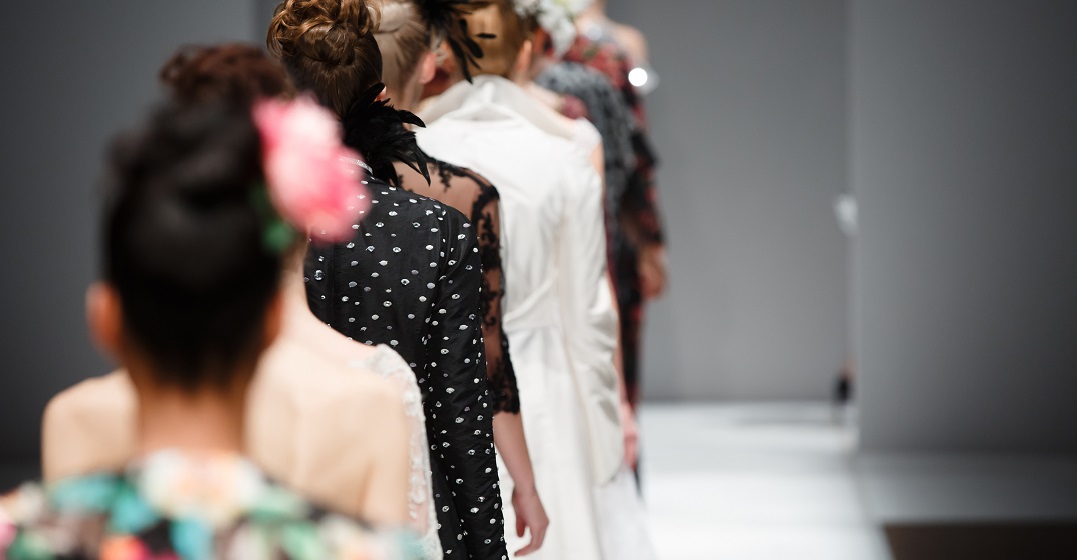by Laura Jones
Updated on October 16, 2024
When we think of haute couture and iconic fashion figures, German fashion designers are often overshadowed by their French counterparts. Yet Germany has a history of producing innovative and edgy fashion designers who deserve their own spotlight. Whether you’re a seasoned fashion enthusiast or you’re just starting to take an interest in German fashion, here are eight German fashion designers you need to know.
Jil Sander was born in Wesselbuch in 1943. She started her fashion career in the 1960s and opened a boutique in Hamburg before the end of the decade. Sander has since become synonymous with German fashion design’s proclivity for clean lines and minimalist aesthetics. Her mission has always been “less and luxe,” and she was innovating the “quiet luxury” trend long before it emerged in the popular consciousness. Sander fully stepped away from her original brand in 2013 but continues to collaborate with the Japanese casualwear designer Uniqlo.
Wolfgang Joop is one of the most famous German fashion designers, and he has come a long way from his early life on a farm in Potsdam. As the founder of the fashion and cosmetics brand JOOP!, he is renowned for his luxurious designs and impeccable tailoring. Joop is a man of many talents; he has published books, exhibited drawings in galleries and judged contestants on Germany’s Next Top Model.
Following in her father Wolfgang’s footsteps, Jette Joop is another major player in the German fashion scene. Her designs are a mix of classic and contemporary, and she creates elegant yet wearable pieces. Apart from fashion, Jette Joop has ventured into jewelry, perfumes and even home design.
An Iranian-born designer who settled in Germany with her family in 1979, Leyla Piedayesh founded the Berlin-based label lala Berlin. Piedayesh draws inspiration from her culturally diverse background to create colorful knitwear and distinctive prints. Her brand has a strong commitment to sustainability.
The Hugo Boss company began producing its signature tailored suits in 1950. The company expanded its scope over the following decades to include casual wear, fragrances and accessories. Hugo Boss has been the official outfitter of the German national football team since 2013 and began to establish a digital campus in 2022 to keep up with the changing demands of the fashion world.
The label has a history marred by its use of forced labor to produce uniforms during the Third Reich and the Second World War. Hugo Boss Group produced an independently researched study into its involvement with the National Socialist regime, and you can read a summary of this study on the company’s website. When the modern Hugo Boss Group was made aware of its historical association with forced labor, it made a contribution to a group that compensates forced laborers.
In a sharp departure from many German fashion designers’ minimalist looks, Philipp Plein’s designs are maximalist and loud. The same is true for his fashion shows, which have featured roller coasters and Jet Skis™. Plein’s clothing and accessories often have bold graphics, shiny embellishments and a lot of leather, all of which is enough to attract famous fans such as Cristiano Ronaldo and Nicolas Cage.
A Berlin native, Esther Perbandt is not just a fashion designer but also a performance artist. She held a mixed-reality presentation at 2023’s Berlin Fashion Week with real-life models presented alongside their digital counterparts. Her androgynous designs are a reflection of Berlin‘s urban and edgy vibe, and she has been labeled the “Queen of Black.” Perbandt appeared in Season One of Making the Cut.
You might have been waiting for Karl Lagerfeld to appear on this list. Or you might have assumed Lagerfeld was French, given that he spent much of his life in France. Lagerfeld was born in Hamburg but moved to Paris in the early 1950s. He’s best known for his association with Chanel, though he worked with other fashion houses, including Balmain, Chloé and Valentino. However, controversies marred Lagerfeld’s life; at various times, he was accused of racism, misogyny and fatphobia.
German fashion design is varied and widely influential. These designers, with their individual styles and visions, represent the diversity of Germany and the country’s fashion landscape. From minimalists like Jil Sander and Wolfgang Joop to heavyweights like Karl Lagerfeld to unapologetic maximalists like Philipp Plein, German fashion design caters to every taste.
